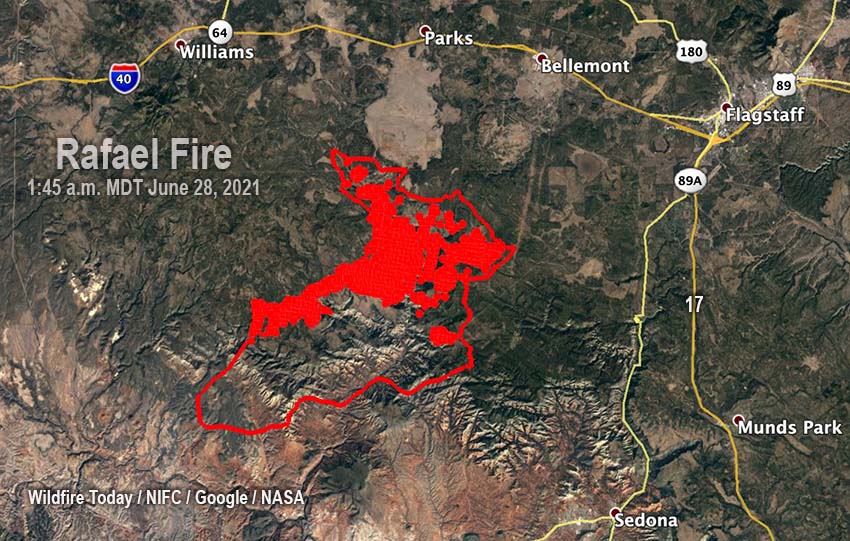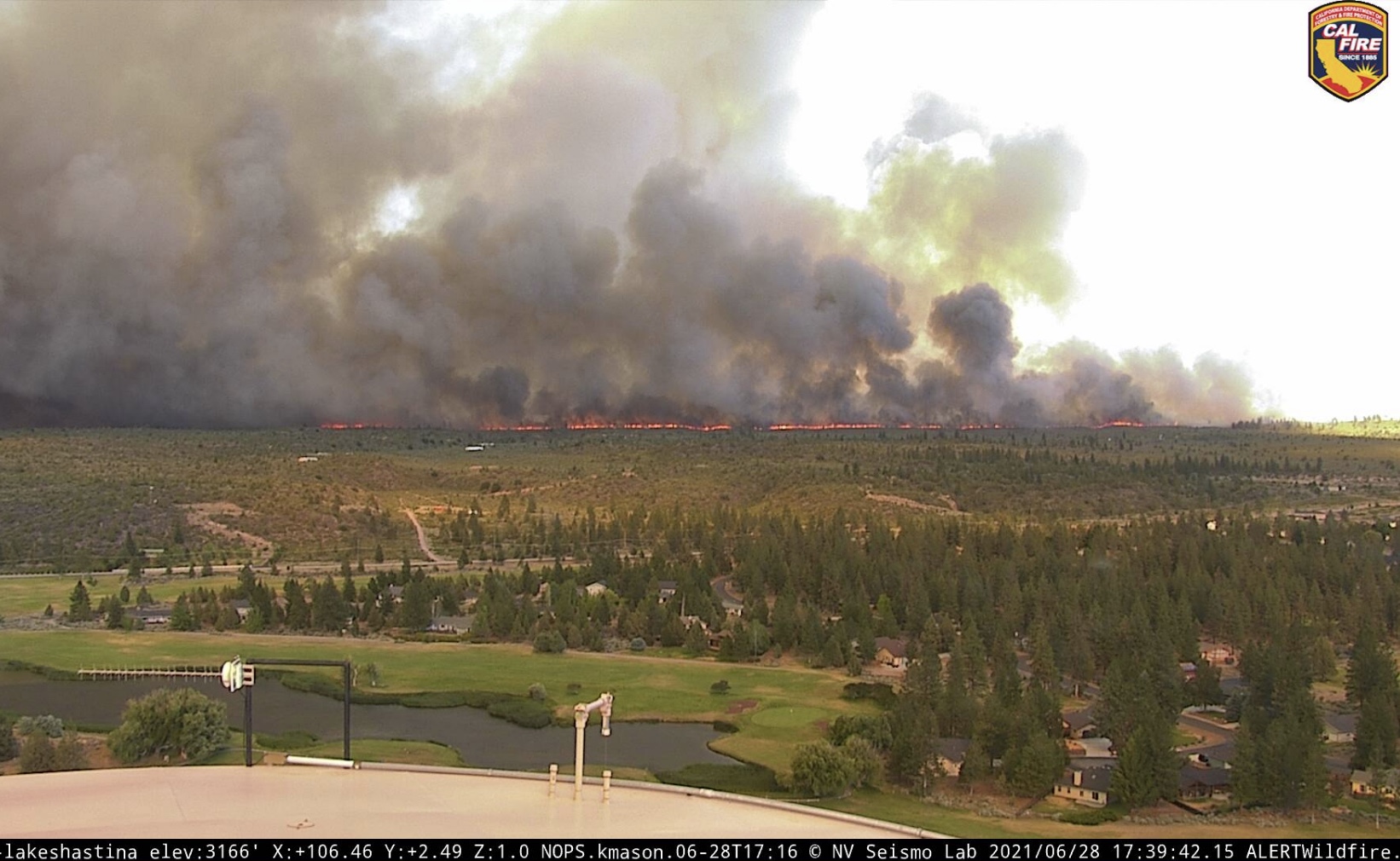
Agriculture Secretary Tom Vilsack today announced that Randy Moore will serve as the 20th Chief of the U.S. Department of Agriculture’s Forest Service.
“Randy Moore has been a catalyst for change and creativity in carrying out the Forest Service’s mission to sustain the health, diversity and productivity of the nation’s forests and grasslands to meet the needs of present and future generations,” said Secretary Vilsack. “In his role as Regional Forester, Randy has been a conservation leader on the forefront of climate change, most notably leading the Region’s response to the dramatic increase in catastrophic wildfires in California over the last decade. His proven track record of supporting and developing employees and putting communities at the center of the Forest Service’s work positions him well to lead the agency into the future at this critical time in our country.”
Upon swearing in, Moore will serve as the first African American to hold the role of Chief of the Forest Service.
Current Forest Service Chief Vicki Christiansen will step down from her role on July 26. Chief Christiansen and Regional Forester Moore will continue to collaborate on an intentional leadership transition between now and then as the Forest Service gears up for a tough summer of predicted elevated fire activity across the Western United States.
Background:
Randy Moore has been serving as Regional Forester in the Pacific Southwest Region in California since 2007 where he has responsibility for 18 national forests, covering one-fifth of the state on 20 million acres of land. Additionally, he oversees State and Private Forestry programs in Hawaii and the U.S. affiliated Pacific Islands.
Previously, Moore served as the Regional Forester for the Eastern Region, headquartered in Milwaukee, Wisconsin, for five years.
Moore started his career in conservation in 1978 with USDA’s Natural Resources Conservation Service in North Dakota. His Forest Service career began on the Pike and San Isabel National Forests in Colorado and the Comanche and Cimarron National Grasslands in Kansas. He served as Deputy Forest Supervisor on the National Forests of North Carolina and the Mark Twain National Forest in Missouri before serving as Forest Supervisor of the Mark Twain National Forest. Moore also has national-level experience in Washington, D.C., serving as acting Associate Deputy Chief for the National Forest System and the National Deputy Soils Program Manager.
Moore earned a bachelor’s degree in plant and soil science from Southern University in Baton Rouge, Louisiana. He and his wife Antoinette have two sons, a daughter-in-law, and two grandsons.
Thanks and a tip of the hat go out to Jim, Shannon, and Tom.













